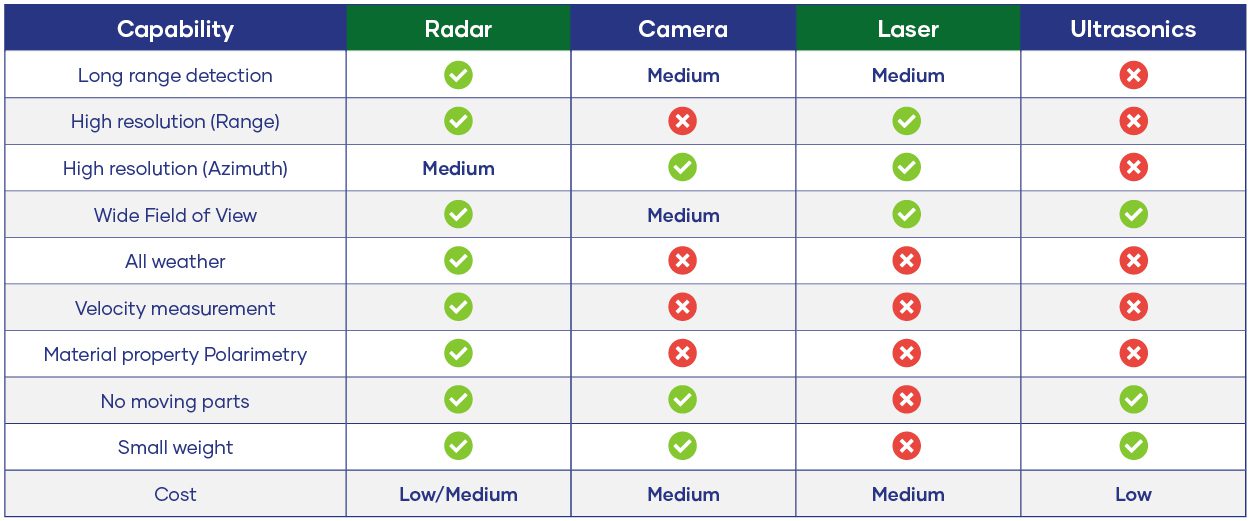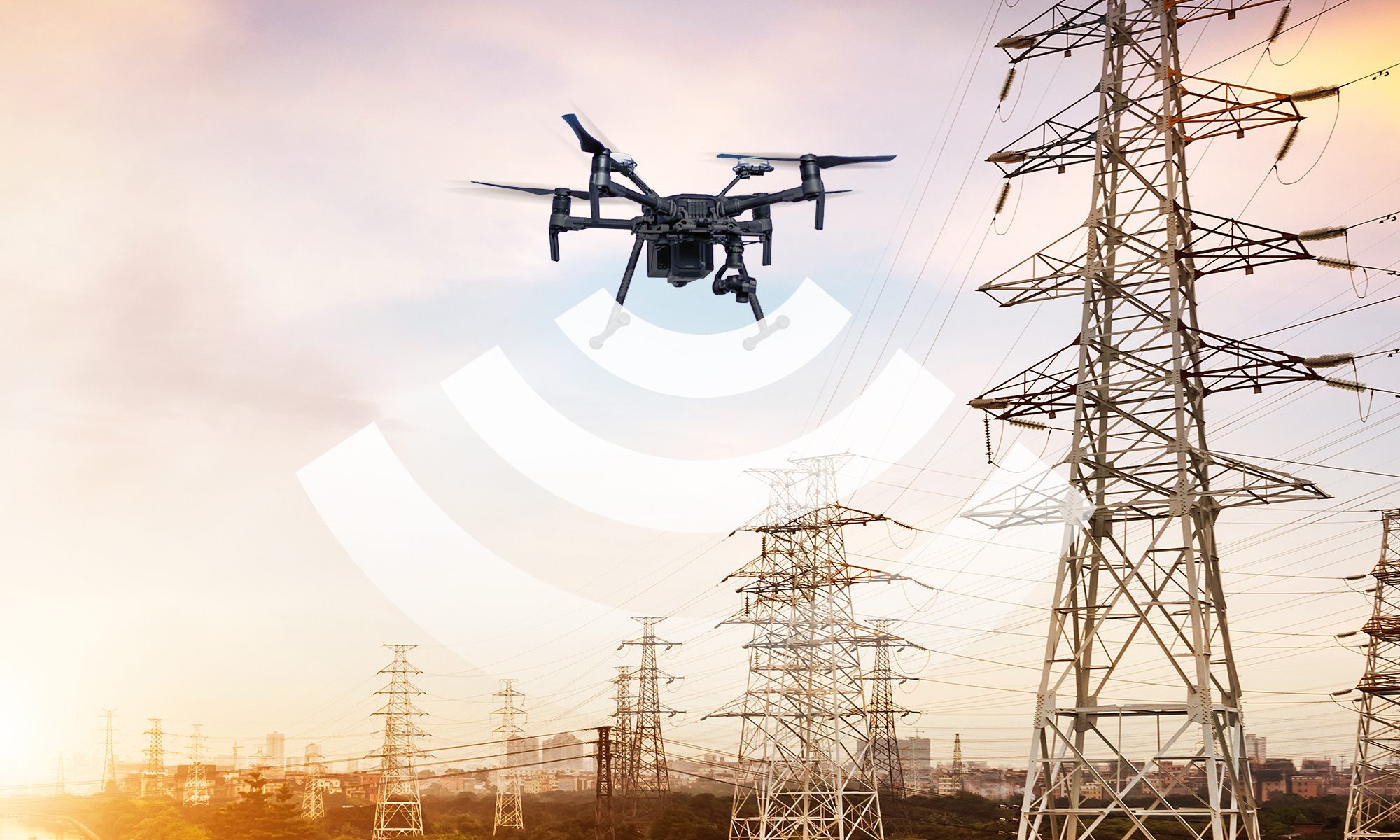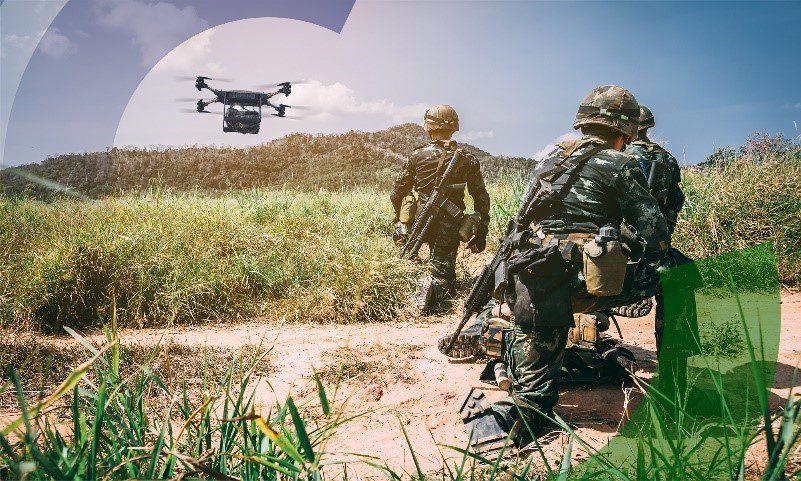Sensoriis have proprietary radar technology which uses the
FMCW (Frequency Modulated Continuous Wave) methodology and have delivered this in a
‘micro’ form factor.
We have a 4D radar design, and so we measure the range, bearing (azimuth), elevation, and direct velocity from the Doppler measurement.
We have patented our technology which allows a unique ‘cooperation’ between primary and multiple secondary radars. We refer to this technology as Active Radars Cooperating or ARCTM.
Our radars are small and lightweight, low powered with no moving parts. They are highly sensitive and so provide a high spatial resolution over long range.
They have a strong ability to penetrate fog, smoke, and dust when compared with optical sensors such as infrared and laser sensors, and cameras, and are highly effective in most weather conditions.
Our micro-radars are able to ignore ‘reflections’ and clutter from background infrastructure and provide resilient localisation for in GNSS denied scenarios when satellite navigation systems are temporarily unavailable, occluded by buildings, or have been actively blocked due to high-risk security threats such as in military use cases.
Our radars are ever-present and able to deliver pin-point localisation, with an accuracy to 1 centimetre resolution, and are highly resilient to malicious intrusion (spoofing) or jamming mechanisms.
At Sensoriis, we pride ourselves on supporting easy integration with the UAS by providing an API (Application Programmers Interface). We provide radar-based precision positional information via the MavLink Precision Landing protocol that can be automatically consumed and enacted by MavLink compatible flight controllers, such as ArduPilot.
We have the in-house engineering expertise to develop radar systems, leveraging best in class components to limit weight and drive unit economics.
We are confident that our radar sensors lead the way in terms of resilience, and functionality. And our continual innovation programme will see game changing advances for many industrial airborne systems.



